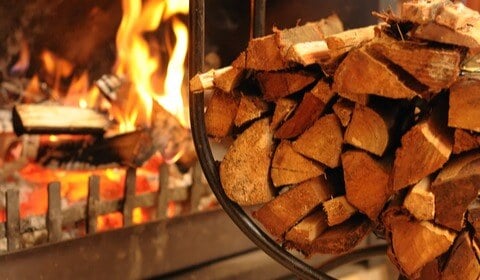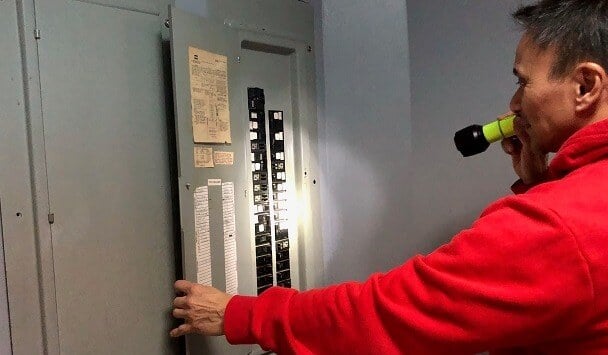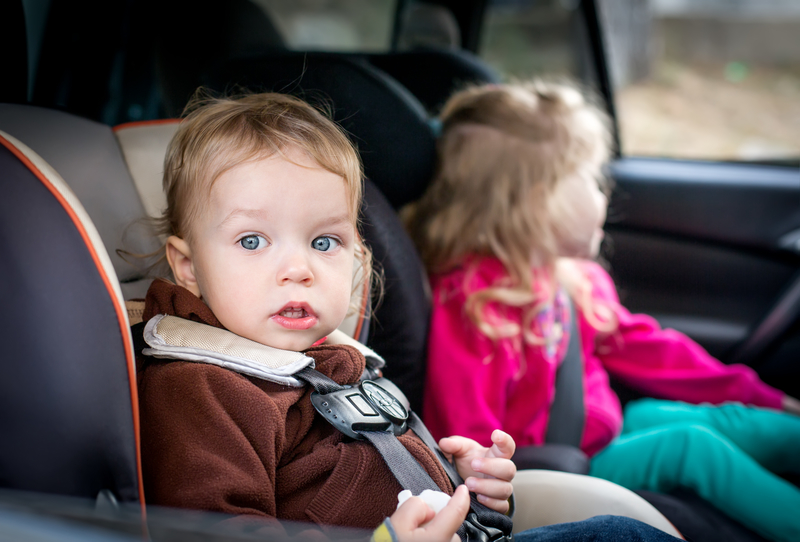
I still remember the day my car broke down as a young mom, with my three children in the back. It was one of those typical hot-n-steamy Virginia summer days. Trucks and cars were whizzing frightfully close to my minivan on the side of a busy 4-lane road. Fluid spewed from the engine, and I remember thinking- this is bad. There was no driving to a gas station or calling for help (before everyone carried cell phones- yes, there was a time). Questions raced through my mind: how can I get help safely? Should we stay in the car? How long will it take for help to arrive? It was nerve-wracking.
Our car insurance experts know traveling moms break down every day. So, I decided to find the smartest and safest roadside practices. Who better to ask than folks with decades of experience in roadside troubles? Here’s what I wish I had known that day:
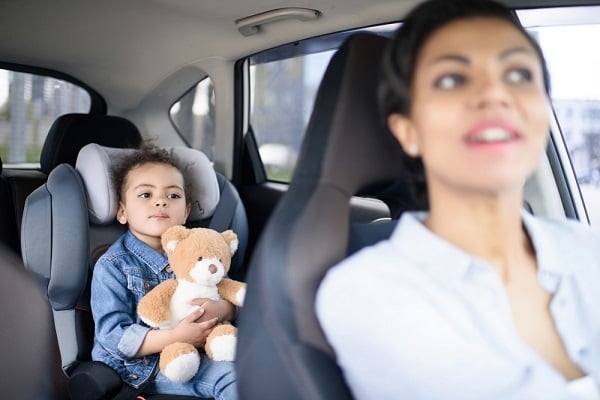
How to keep kids safe when the car breaks down
1. Keep Calm
Take a deep breath. If you’re calm, you’ll make better decisions, model great problem-solving to your kids, and diffuse any fears they may have!
2. Get off the road...as far as you can
The best place is a well-populated and well-lit one. Turn on your hazard lights and headlights—your goal is to make yourself as visible as possible. Note your location with cross streets, landmarks, mile markers, or exit numbers if you’re on a highway. Send your location to a friend or family member.
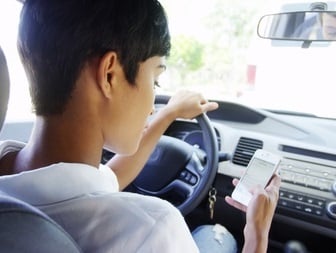
Pull over as far as possible if you can't get off the road. This is key to your family's safety. You want to get your car as far away from moving traffic as possible. There’s a very real danger of getting hit by other drivers. Use soft shoulders or level ground and turn your wheels to the right. On roads with little or no shoulder, use side streets, parking lots, and driveways in rural areas.
3. Keep your seatbelts on
Even after you’ve pulled over, everyone should keep their seat belts on and keep your youngest children in their car seats! They'll come to good use if you are super prepared and have an emergency car kit with flares and/or reflective triangles. If it's safe, put them out to alert other drivers. Then get back in and put your seatbelt back on.
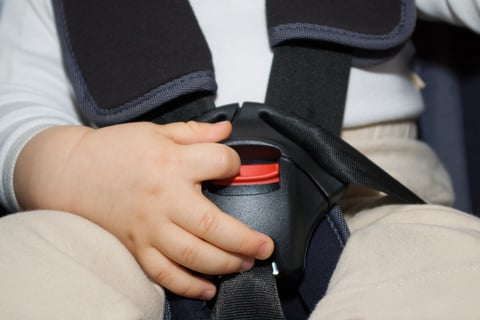
To Stay in the car or get out
There’s no one right answer here. Exercise caution and follow your mom's intuition. Our experts say it’s usually safer to stay in the car, especially with young children. Trying to keep it together on the side of a busy road with four children under the age of 6 or one really rambunctious 2-year-old is dangerous. The weather may be very hot or frigid cold, as it was in my case. Another person may have stopped, leaving you feeling uneasy.
4. Assess the situation
If you’re well off the road, stay put, lock the doors, and, above all, be sure that everyone stays in their seat belts at all times until help arrives. It may be safer to leave your car if you cannot move it completely off the road. In that case, do two things:
- Get out using the right-side doors (or those closest to the side of the road you’re on), even if it means climbing over seats
- Take your kids far away from the road. If you’re on a highway, move behind any available barrier or up an embankment.
5. Call for help
If you're on a major Virginia interstate, dial 911 to get help from the VA State Police and VDOT’s 511 emergency roadside assistance team. Tell the dispatchers you have young children with you and if you are in a remote area or feel unsafe.
Now you wait. Belting you and your kids in is the safest thing you can do for them. This is when you should have that emergency car kit, including extra water bottles, blankets for warmth, your kids’ favorite snacks, and even a fun, distracting game to play.

Have an emergency car kit
Be sure to have an emergency car kit at all times. According to the National Safety Council, emergency supply kits should include:
- A properly inflated spare tire, wheel wrench, and tripod jack
- Jumper cables
- Tool kit and/or a multipurpose utility tool
- Flashlight and extra batteries
- Reflective triangles and brightly colored cloth to make your vehicle more visible
- Compass
- First aid kit with gauze, tape, bandages, antibiotic ointment, aspirin, a blanket, non-latex gloves, scissors, hydrocortisone, thermometer, tweezers, and instant cold compress
- Nonperishable, high-energy foods, such as unsalted nuts, dried fruits, and hard candy
- Drinking water
- Reflective vest in case you need to walk to get help
- Car charger for your cell phone
- Fire extinguisher
- Duct tape
- Rain poncho
- Snowbrush
- Shovel
- Windshield washer fluid
- Warm clothing
- Cat litter for traction
- Blankets
Avoid leaving your car running for extended periods of time to heat or cool it. You risk exposing your kids and yourself to carbon monoxide poisoning, especially if there's deep snow on the ground.
If someone stops and offers help, don’t open or roll down your windows. If you feel threatened or harassed, dial 911, honk your horn, and flash your headlights to attract attention.
Keep your car gassed up and your cell phone charged while on the road. Also, keeping up with your car’s maintenance can thwart many mechanical problems.
We have more tips for avoiding problems on Virginia's roads. If you still fall on the side of bad luck (or the side of the road), remember our smart tips, and you'll be the expert at keeping your kids safe and sound.

